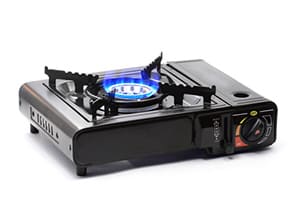
Camp Chef Portable Gas Stove Recall
Camp Chef Portable Gas Stove Recalled Due Fire Explosion Burn Injuries CPSC – According to several news sources and lpgasmagazine.com, the U.S. Consumer Product Safety Commission (CPSC) has issued a recall notice for [...]
